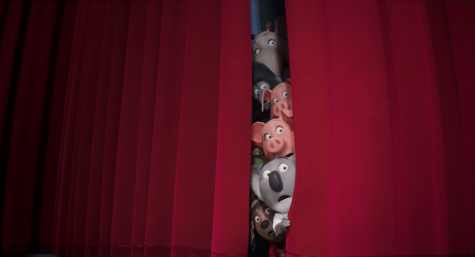Phobias Teenagers Have
What is a phobia?
Fear. It is something everyone feels. Fear is one of the most basic human emotions. People would feel this when they are afraid of something, and that emotion generates a number of changes in the body. A phobia; that is much different than a simple fear of something. A phobia is an extreme or irrational fear of or aversion to something, and begins when a person begins organizing their life around avoiding the object of their fear. Some phobias are developed when the person has a scary experience with a particular situation. Phobias can also be called anxiety disorders.
What are common phobias?
In a research test at the National Institute of Mental Health (NIMH) which included a more than 10,000 teenagers between the ages of 13 and 18, it was shown that 50 of the girls and 43% of the boys said they were “somewhat” or “very” shy. Later, it was discovered that one out of eight preteens and teens have a social phobia or an anxiety disorder. Many people get nervous when giving a speech or before performing in front of a crowd. A social phobia is more than just shyness or occasional nerves, social phobias involve intense fear of certain social situations—especially situations that are unfamiliar or in which you feel you’ll be watched or evaluated by others.
Common phobias and fears include closed-in places, heights, highway driving, flying insects, snakes, and needles. Other common phobias would be arachnophobia is a kind of abnormal fear of spiders. Fifty percent of women and ten percent of men have a fear of spiders. Agoraphobia is the fear of being helpless in a situation from which escape may be difficult or embarrassing. Atelophobia is the fear of imperfection the fear of never being good enough. Fear of being or becoming ugly is called Cacophobia. BDD {Body Dysmorphic Disorder} never satisfied with your physical appearance.
Symptoms of having a phobias
There are two types of symptoms people can experience when they have a phobia. The physical signs are trembling, pounding heartbeats, difficulty breathing, feeling light headed, sweating, nausea, and or tingling sensations. The emotional signs are feeling panicked, powerless, losing control, an intense need to breakout, or feeling detached from yourself. For children, crying and screaming are clear signs.
Treatments
First you should understand what you are feeling and what exactly triggers your anxiety. Consider treatment if it causes intense and disabling fear, anxiety, and panic if you avoid certain situations and places because of your phobia, if your avoidance interferes with your normal routine or causes significant distress, or if you’ve had the phobia for at least six months. Therapy and medication are other types of treatments. Role-playing is a good way to help treat a social phobia. Take baby steps in whatever cure you choose.

Brianna is a sophomore at Padua Academy. She is on the Padua Academy Dance Team as well as many other dance groups. She has been dancing for 12 years...





